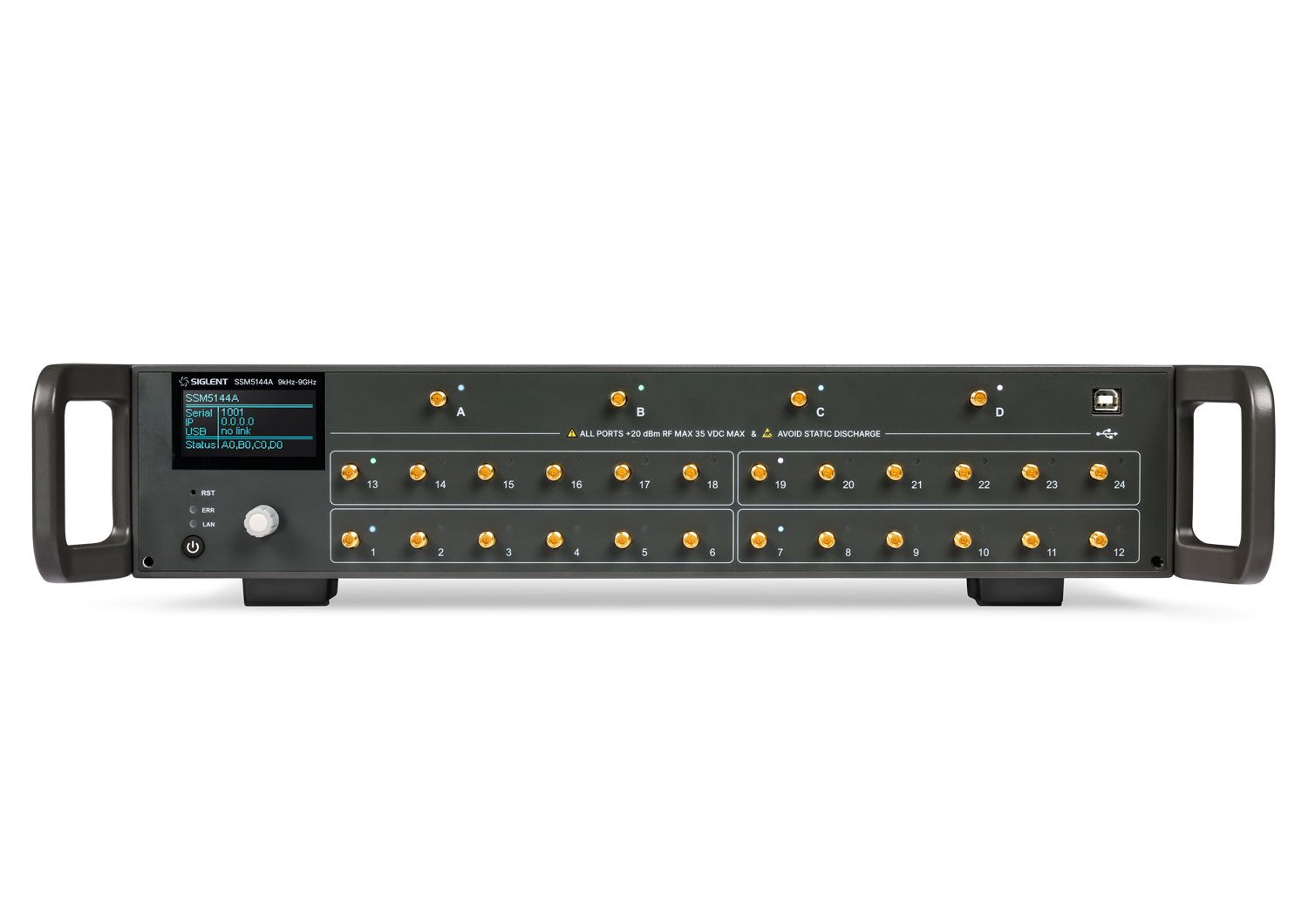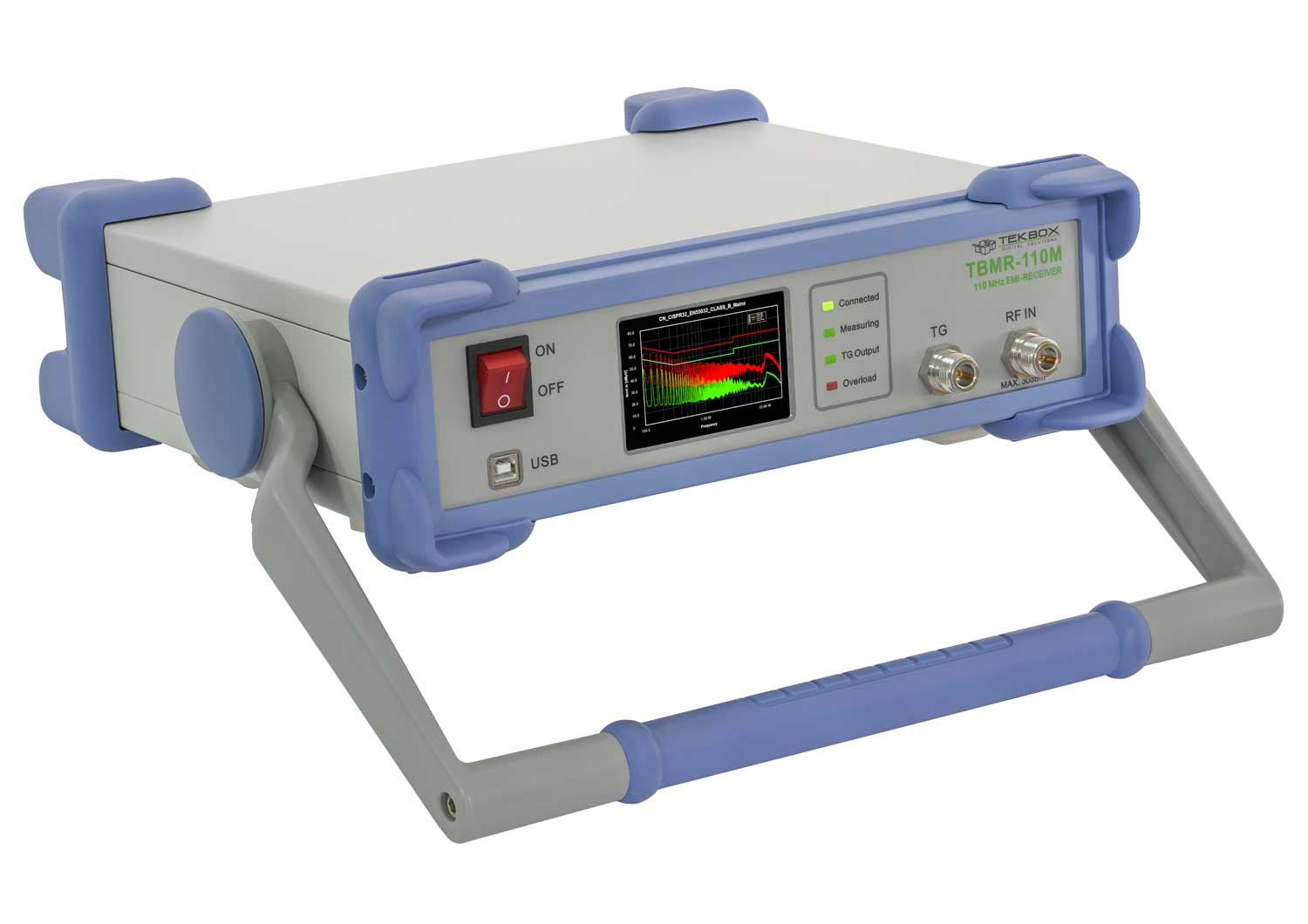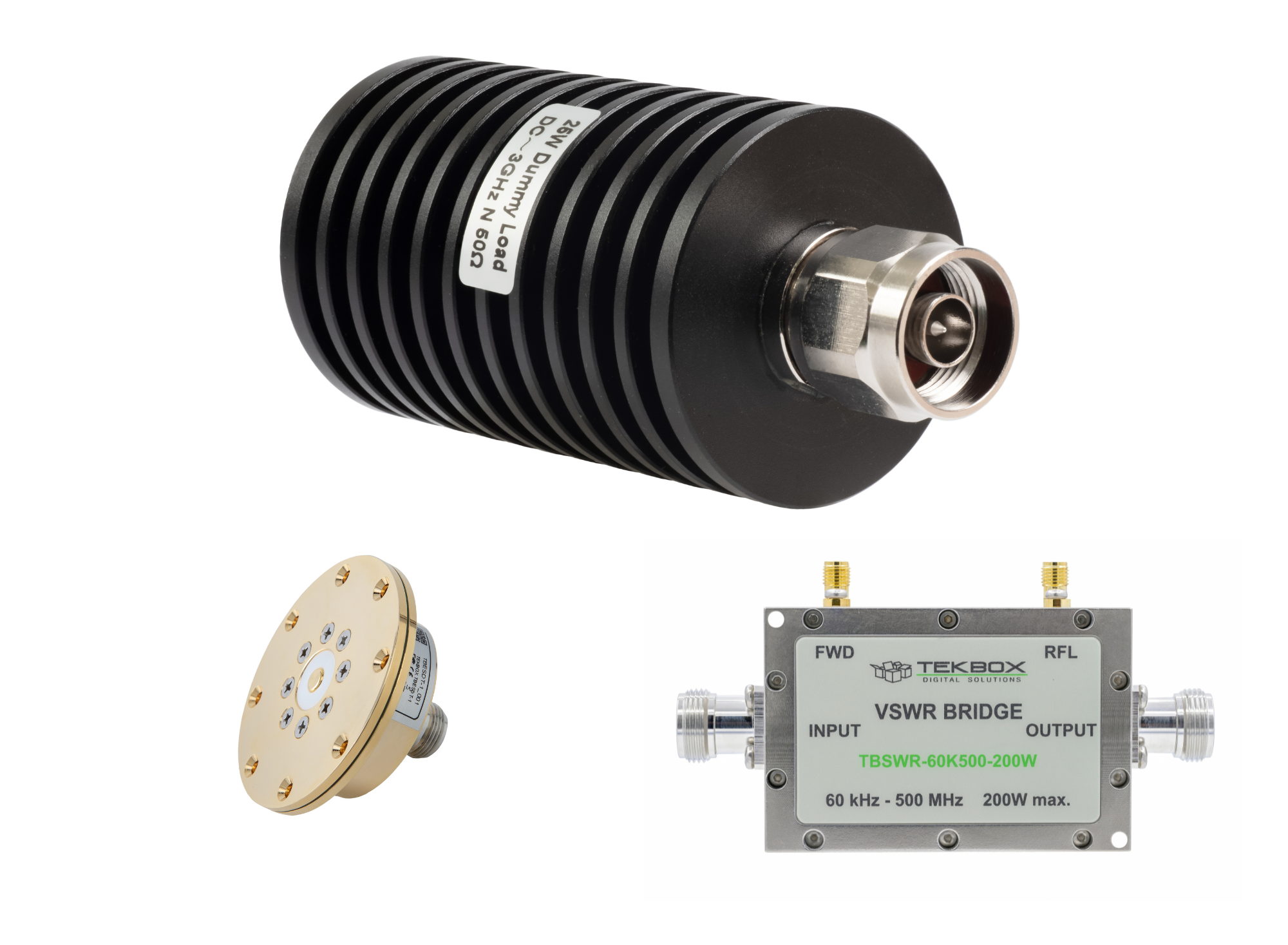PLZ5W
Series features a switching current function to repetitively fluctuate between two current levels, and this function has been improved as compared with the previous model of PLZ4W Series for the following characteristics:
1) Switching speed
2) Switching waveform quality
* In PLZ4W Series, the switching speed tends to become slow when connecting a resistance load.
Here you will find the switching function comparison of two models and learn how PLZ5W Series has improved this function.
1. Switching Test: PLZ5W Series vs. PLZ4W Series
Compare the current rise time in two conditions: with/without resistance load connected. Ideally the both current can rise at the same speed; however it may not be so.
Test Device: PLZ334W and PLZ405W – relatively similar power capacity
Test Condition: Set the power supply voltage to 50 VDC and electronic load current to 4 A.
1) Test Circuit without Resistance Load Connected
Connect PLZ334W/PLZ405W in parallel to PAK60-18A. Perform the switching function in constant current (CC) mode by PLZ334W/PLZ405W.

2) Test Circuit with Resistance Load Connected
Connect PLZ334W/PLZ405W and a resistance load in series to PAK60-18A. Perform the switching function in CC mode by PLZ334W/PLZ405W.

2. Test Results
2-1 Switching Rise Time Comparison
PLZ334W (See Figure 3 and 4):
1) Without resistance load: approx. 14 μs → 2) With resistance load: approx. 37 μs PLZ405W (See Figure 5 and 6):
1) Without resistance load: approx. 14 μs → 2) With resistance load: approx. 22 μs Obviously, PLZ405W can achieve the faster switching speed with a resistance load.

2-2 Switching Rise Time Comparison – Faster Speed
PLZ405W (See Figure 7 and 8):
1) Without resistance load: approx. 5 μs → 2) With resistance load: approx. 17 μs
PLZ334W cannot reach this speed; the rise time will be approx. 37 μs as showing Figure 4.

2-3 PLZ405W: Rise Time Relations with/without Resistance Load Connected

3. Conclusion
While the switching is performed with a resistance load, the voltage fluctuates at the electronic load input terminal as below:

In conclusion, the test results prove that PLZ5W Sires can offer the higher switching speed than PLZ4W Series in both conditions of with/without resistance load connection (which means regardless of the voltage fluctuation at the electronic load input terminal). This is because the capacitor capacitance of PLZ5W Series has been reduced compared to the previous PLZ4W Series.
Table 1 shows the value of capacitor and resistor in PLZ5W and PLZ4W Series and Figure 11 shows the equivalent circuit.

The C1 capacitance increases according to increasing power capacity of PLZ5W and PLZ4W (See Table 1).
*As the reference; the rise time of PLZ405W without a resistance load is approx. 13.7 μs (See Figure 5). When the C1 and R1 value of PLZ405W are changed to those of PLZ1205W as above, the switching rise time with a resistance load is clearly slowing down to approx. 61.5 μs (See Figure 12).
When performing the switching operation with a resistance load, we encourage you to use a smaller capacity electronic load as possible.

Products Mentioned In This Article:
PLZ-5W Series please see HERE





























































































 FREE SHIPPING £75+
FREE SHIPPING £75+
 CELEBRATING 50+ YEARS
CELEBRATING 50+ YEARS
 PRICE MATCH GUARANTEE
PRICE MATCH GUARANTEE




